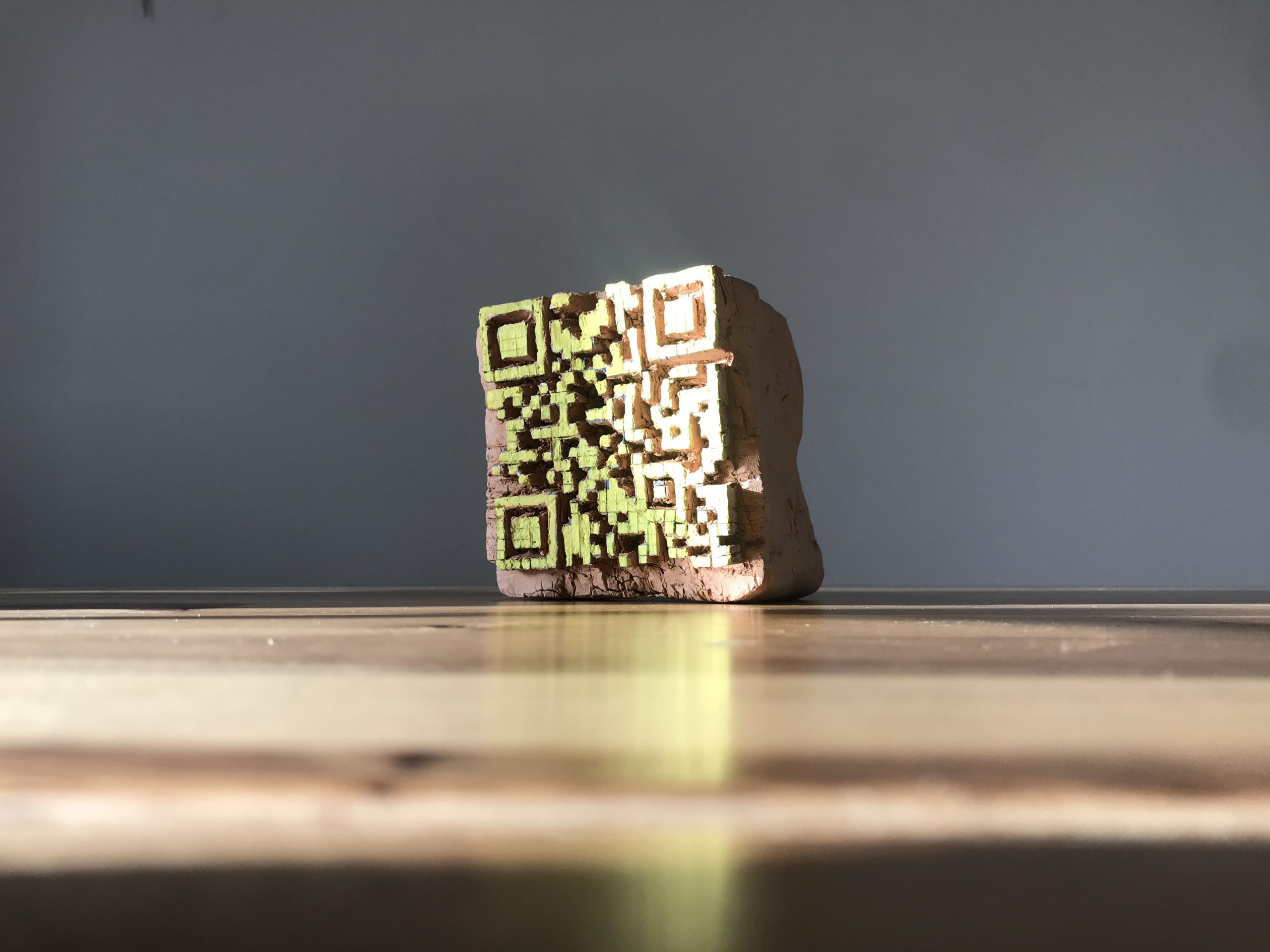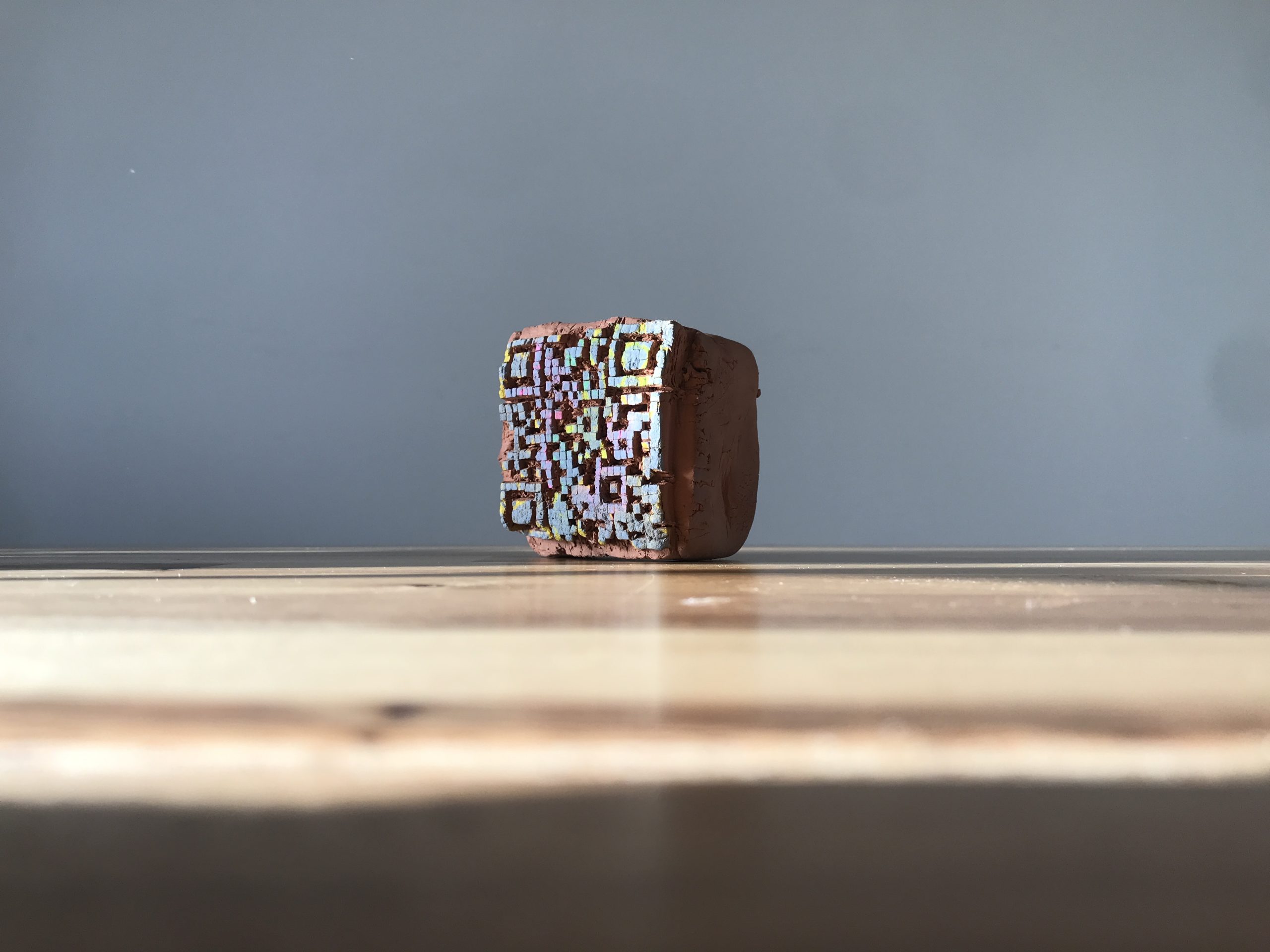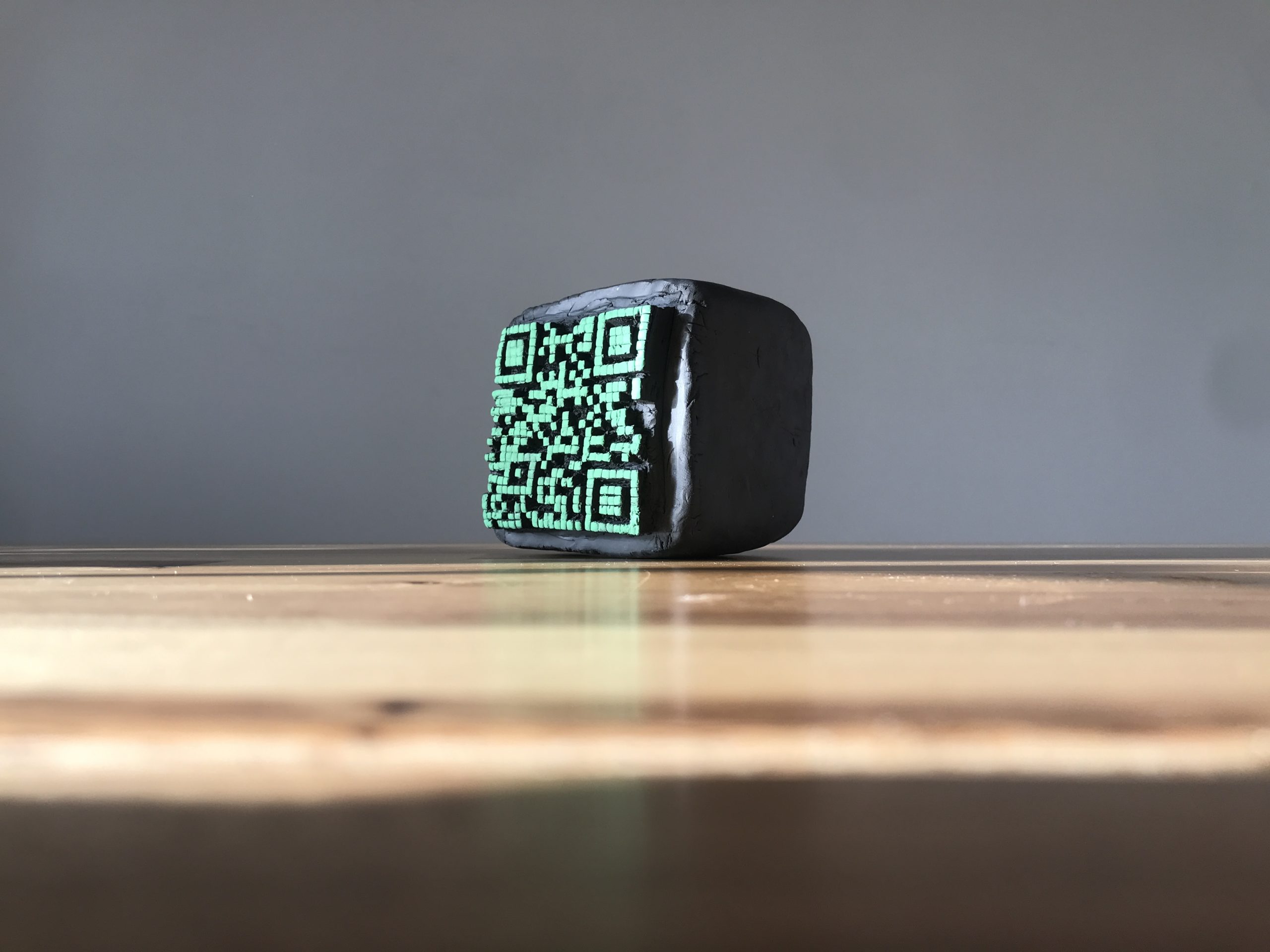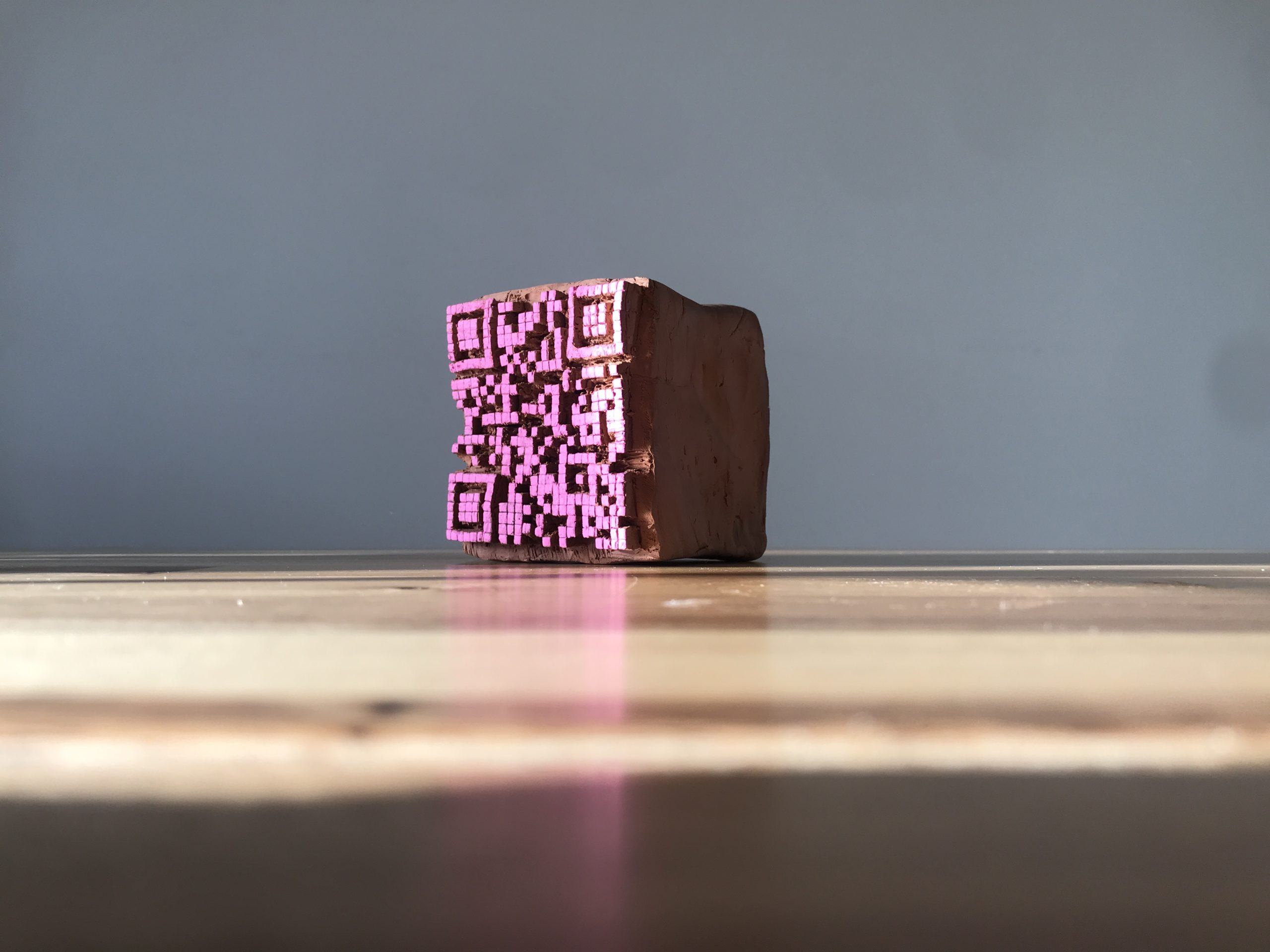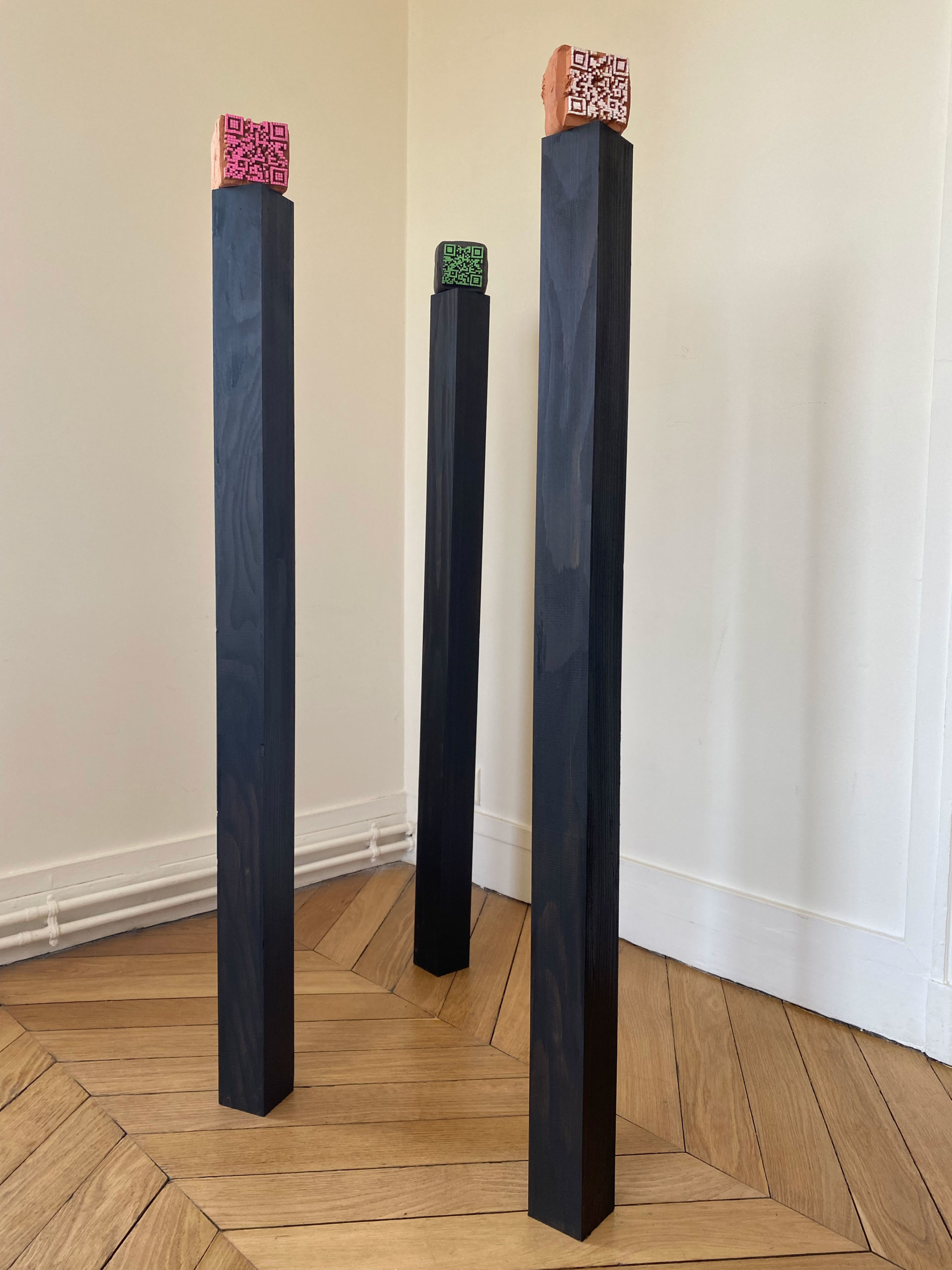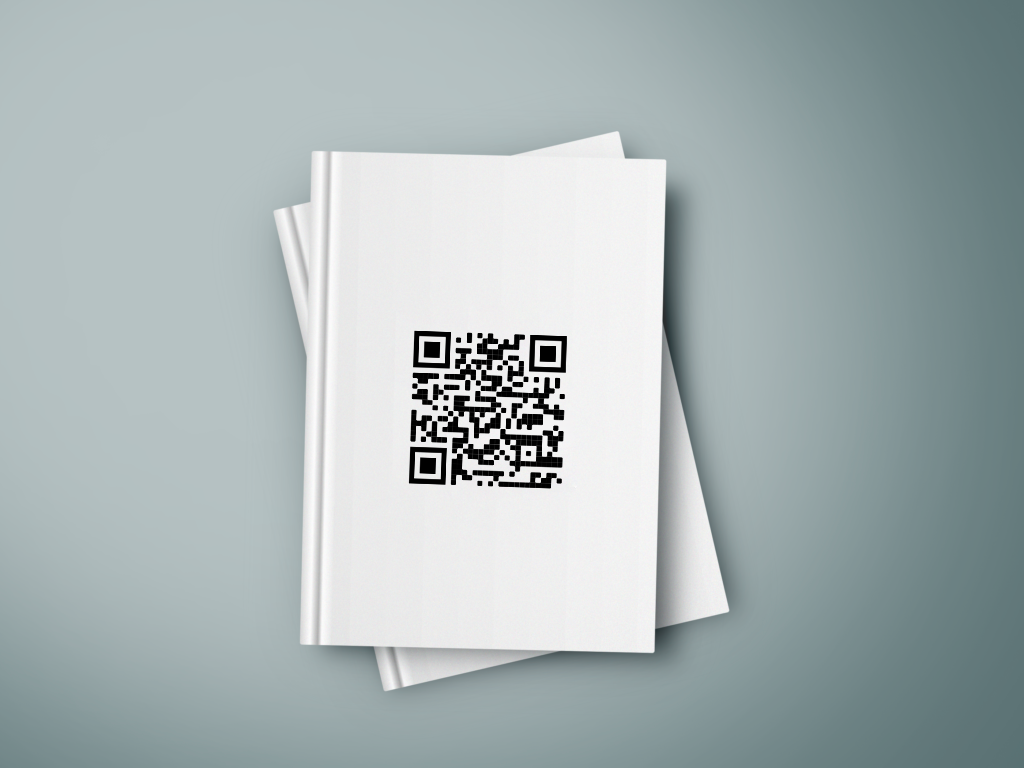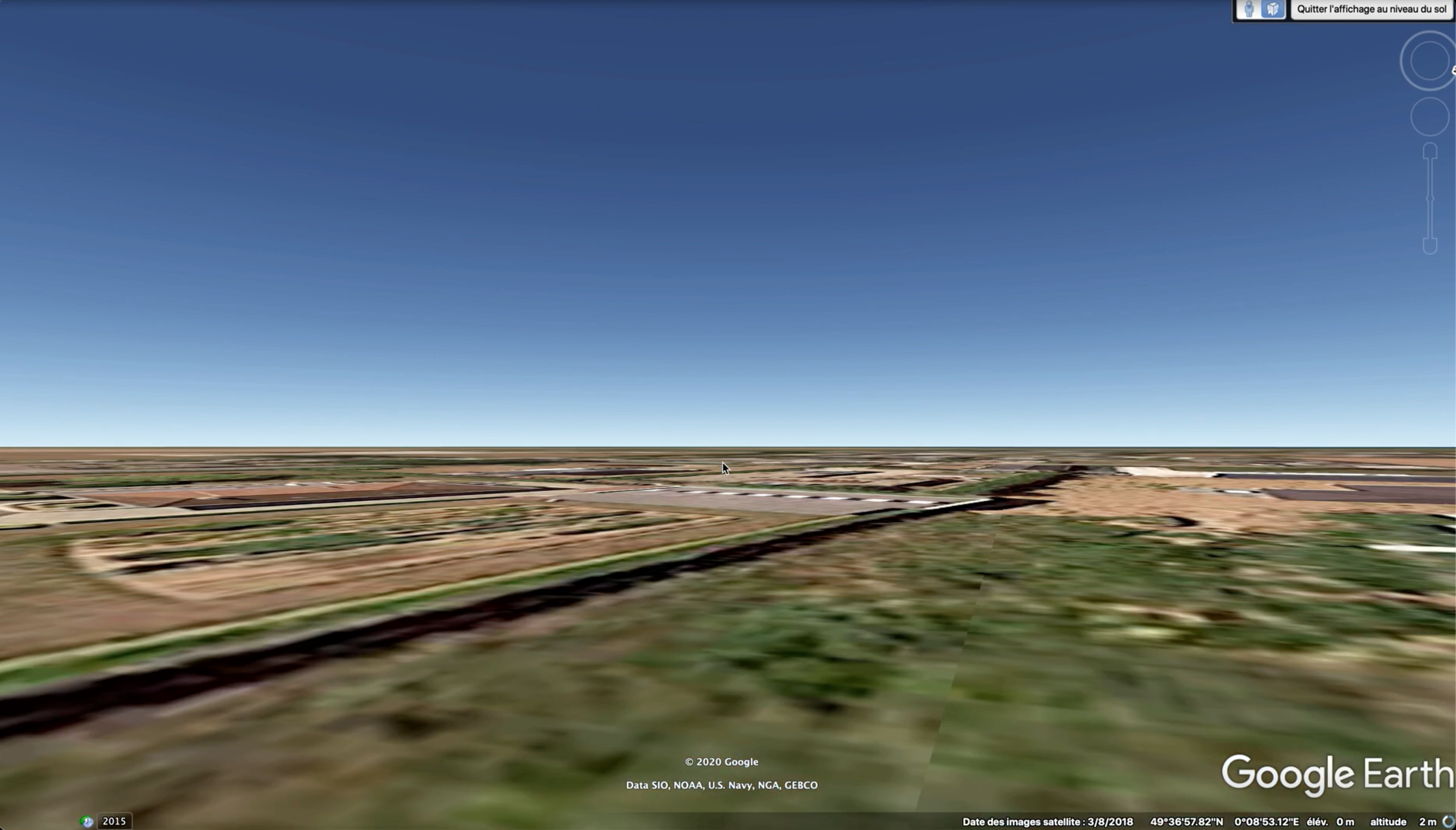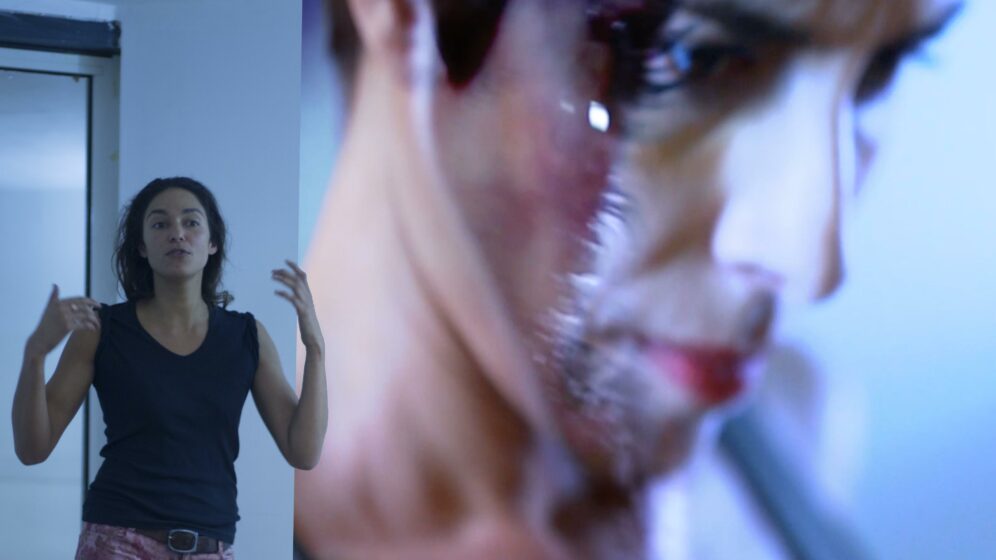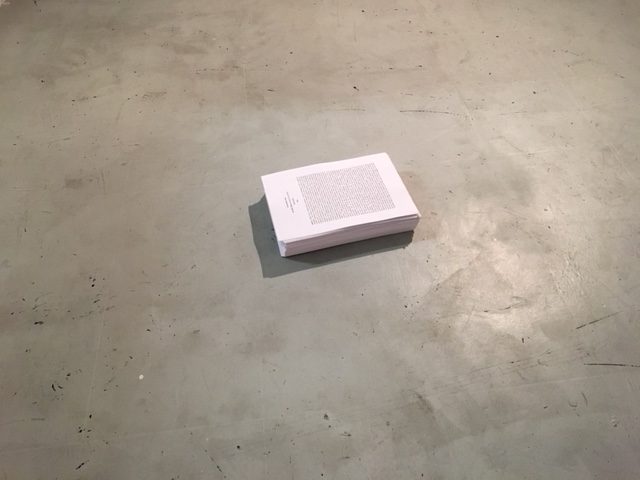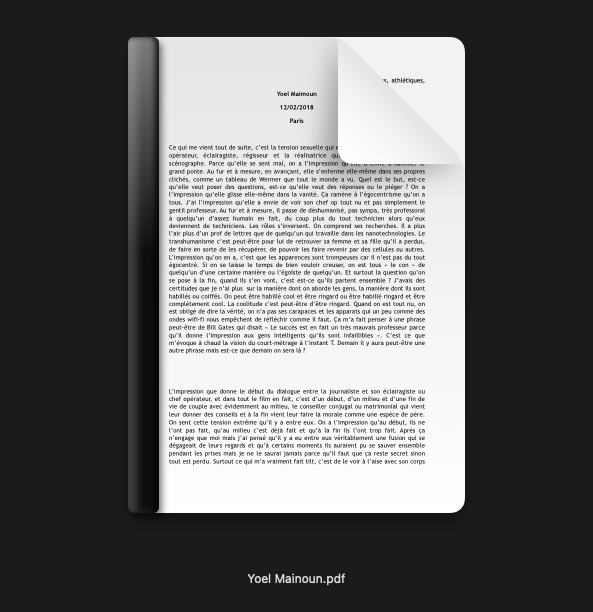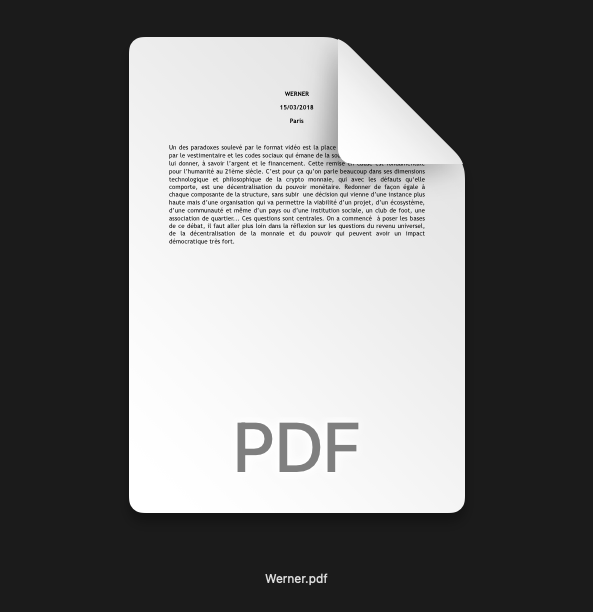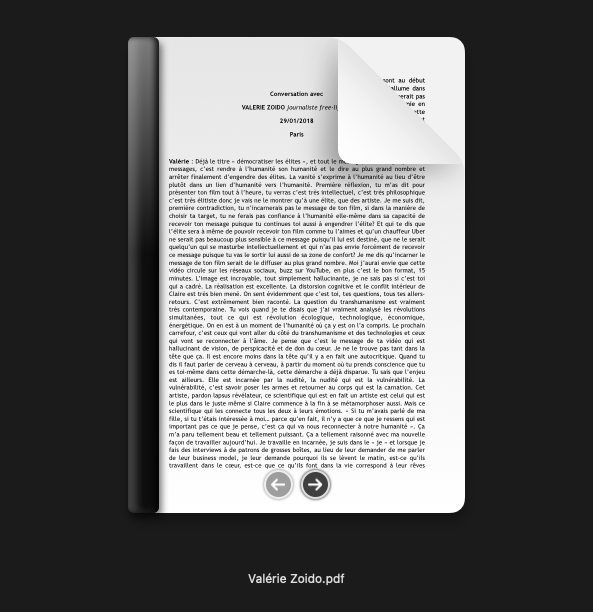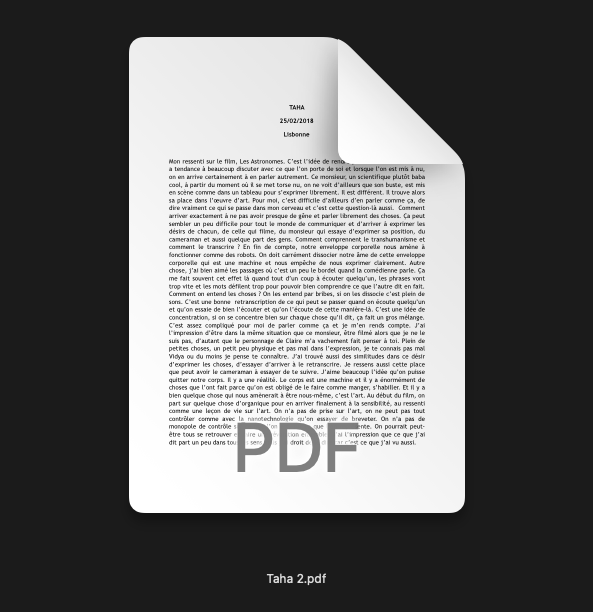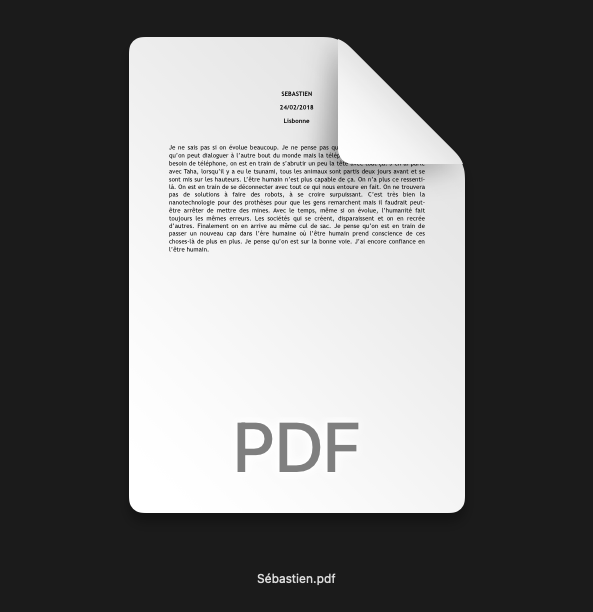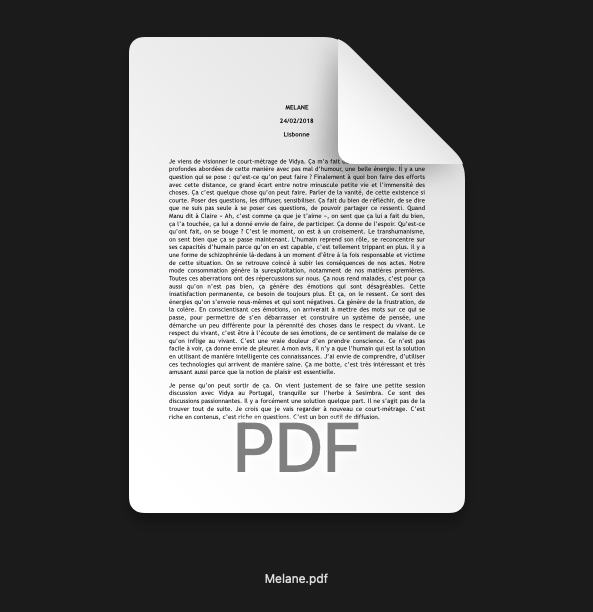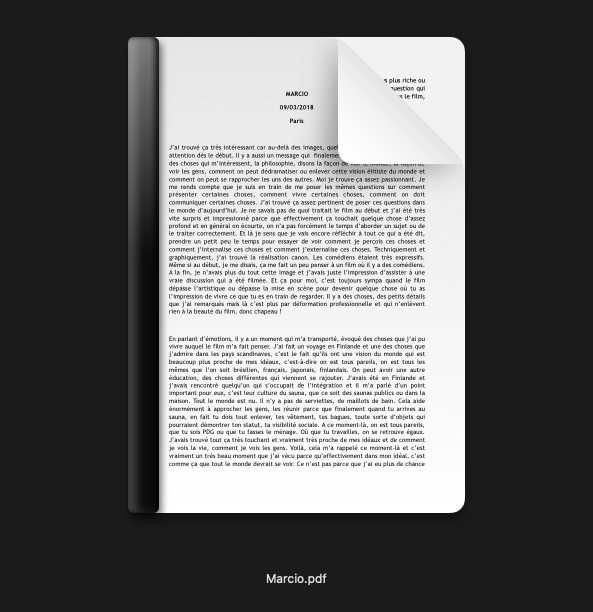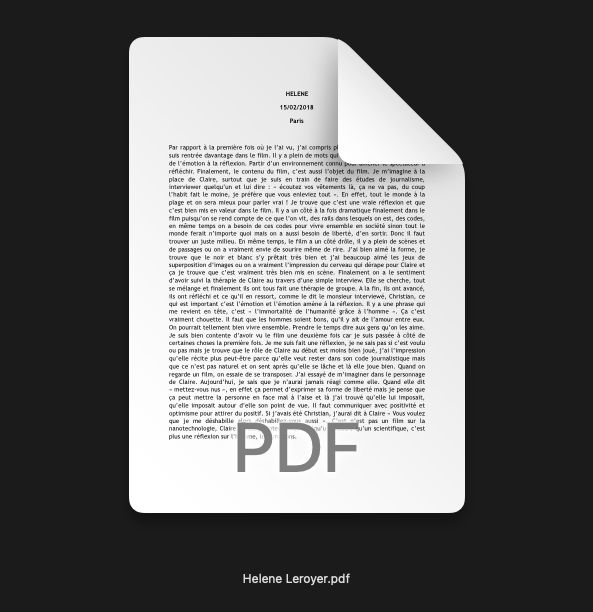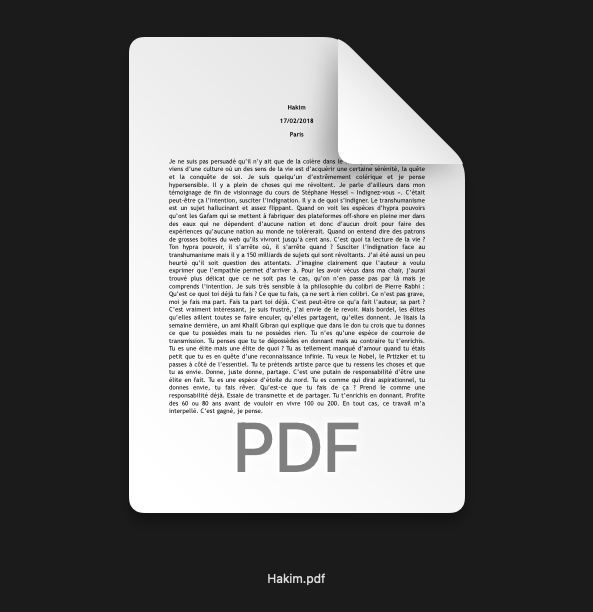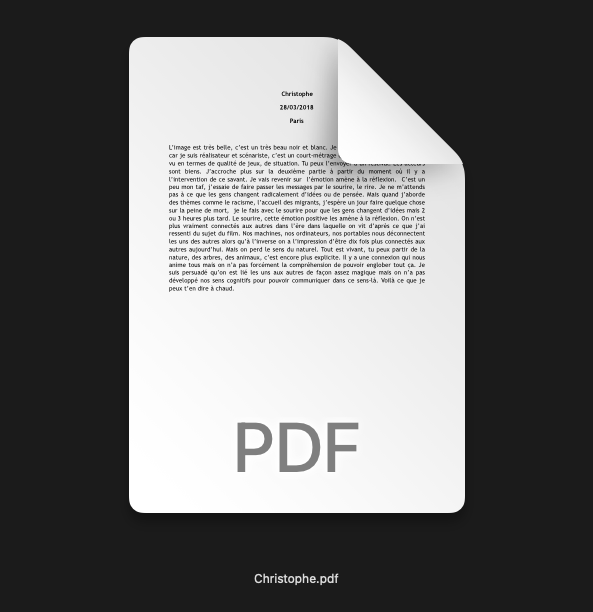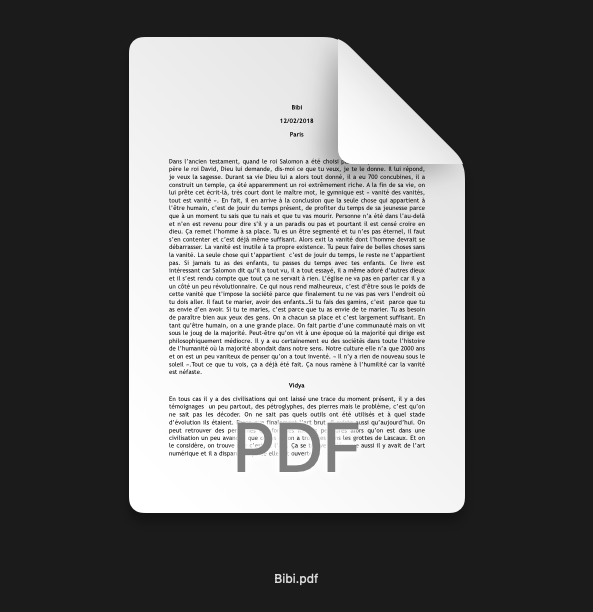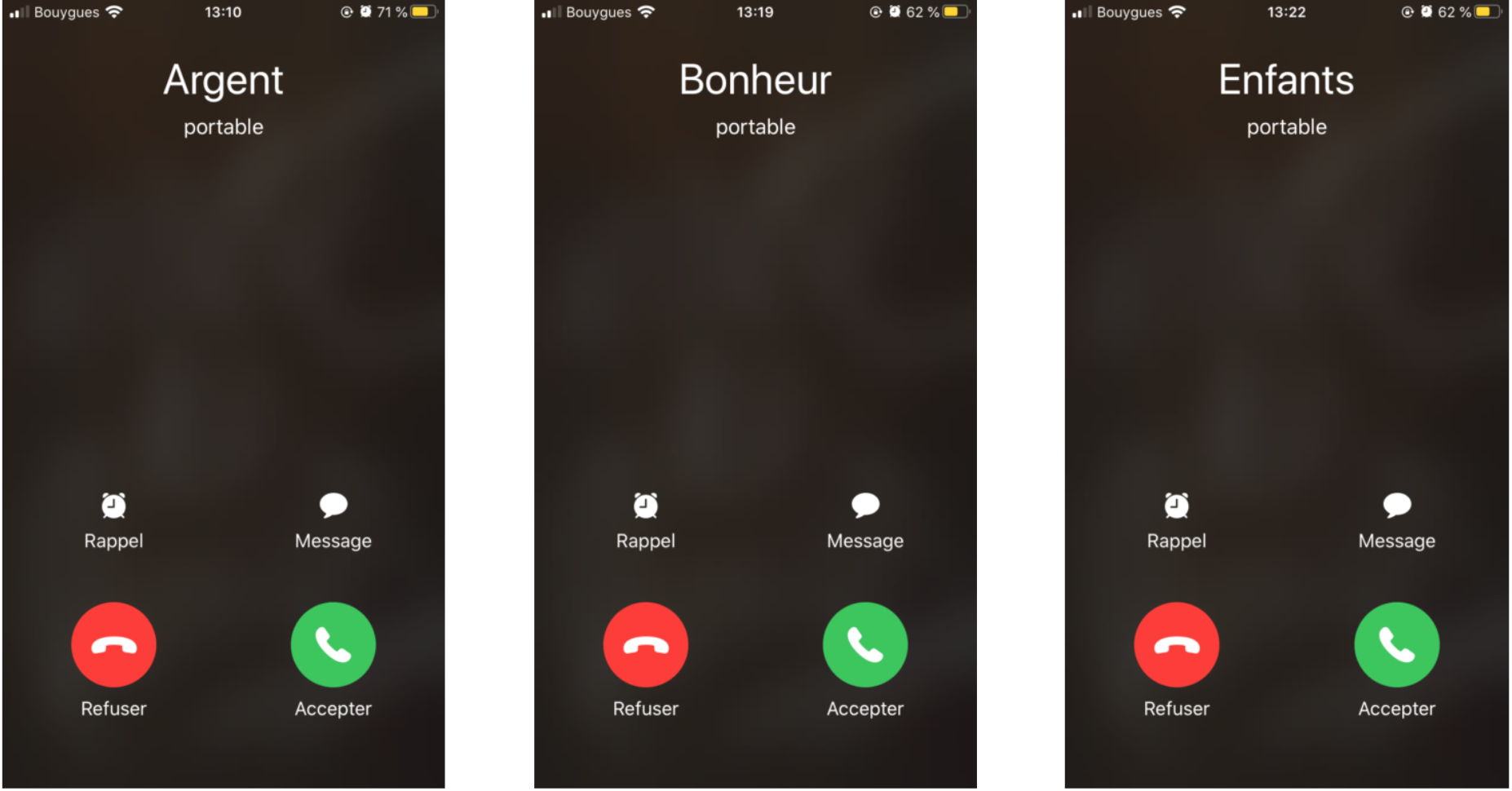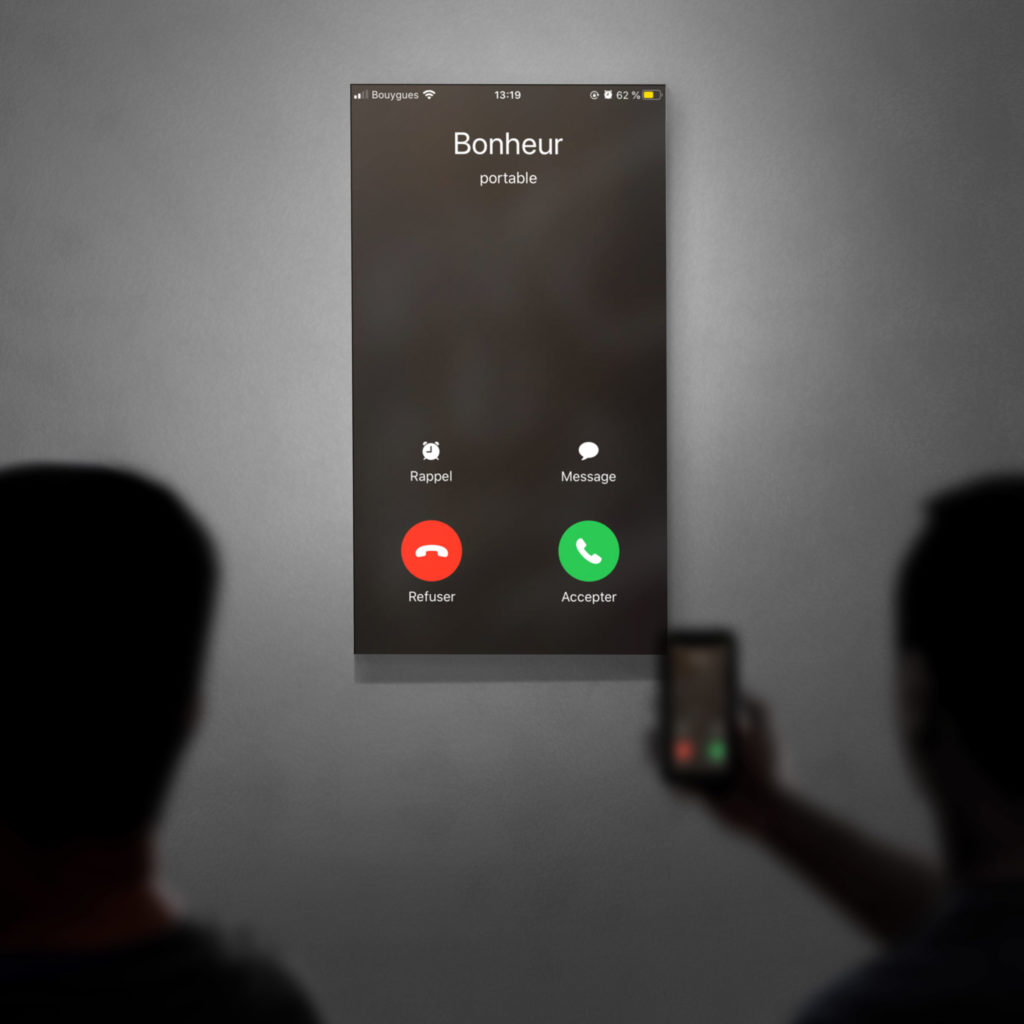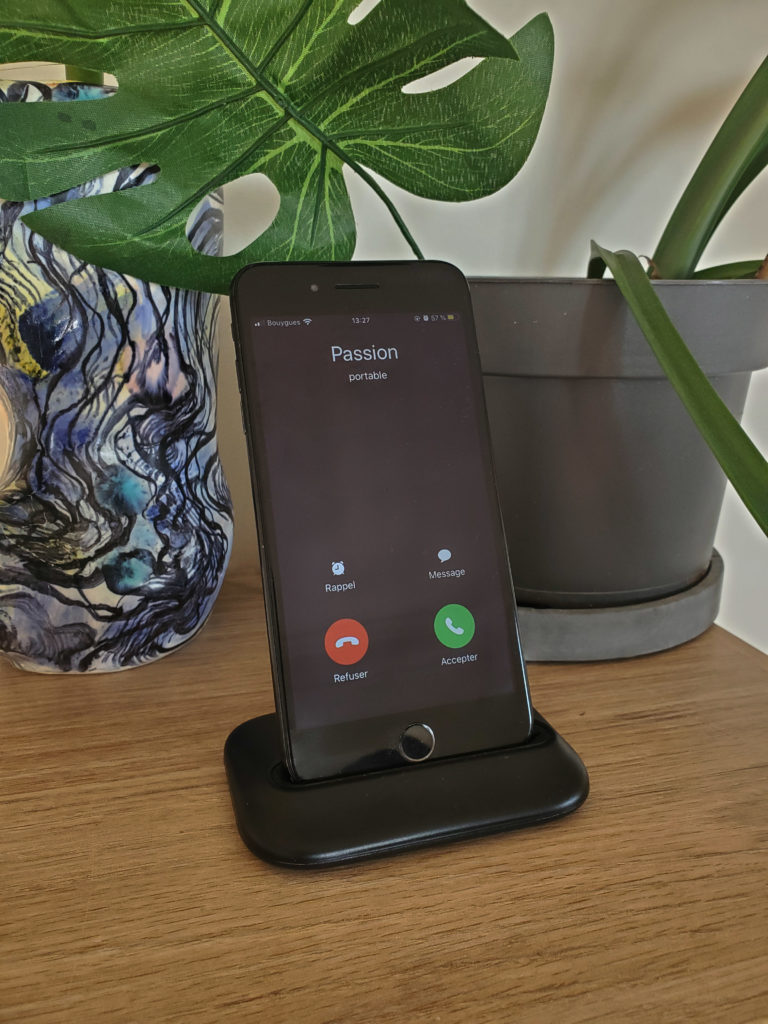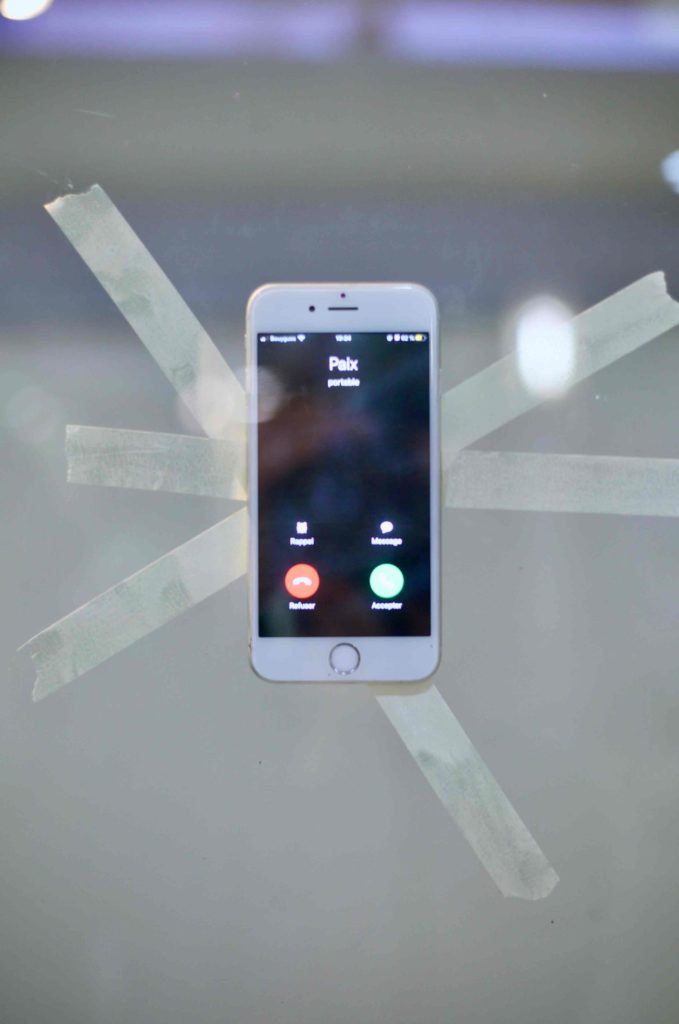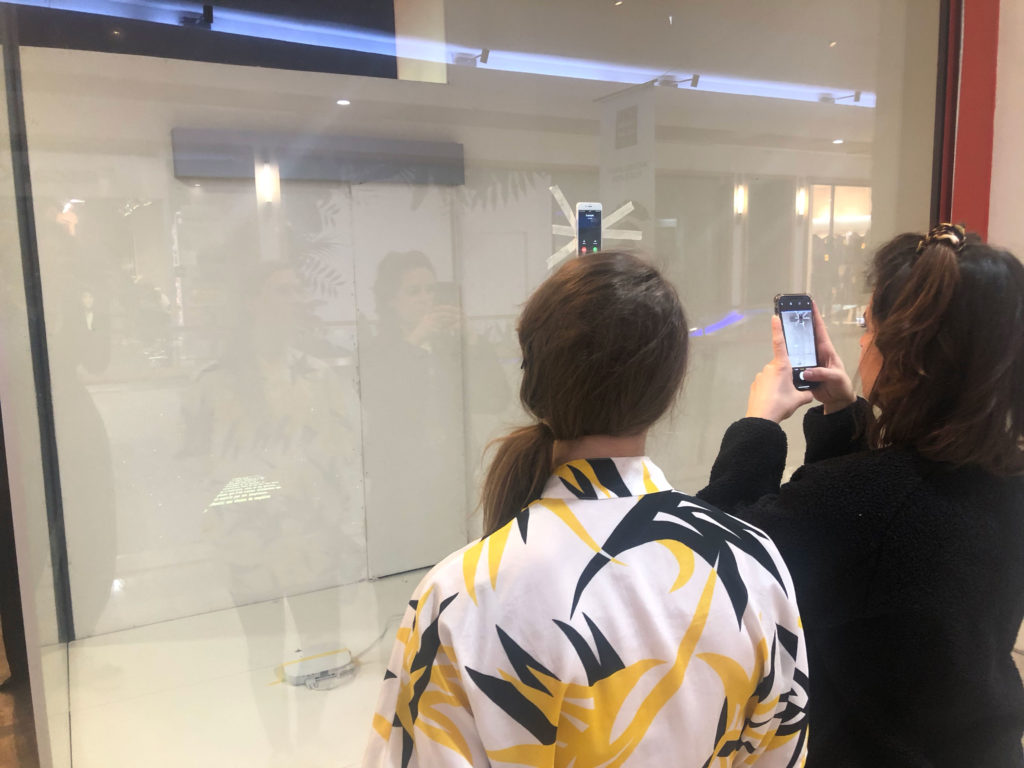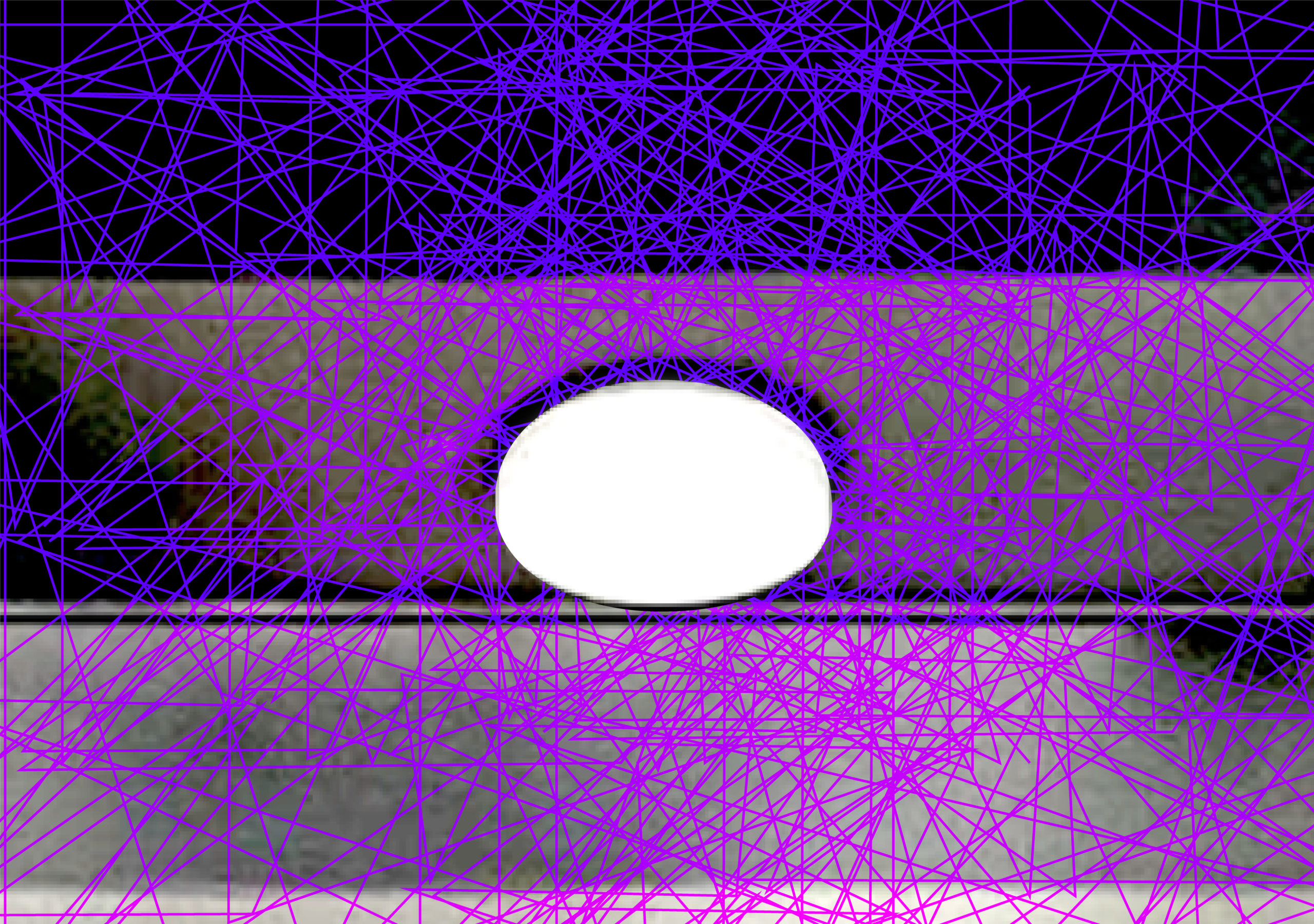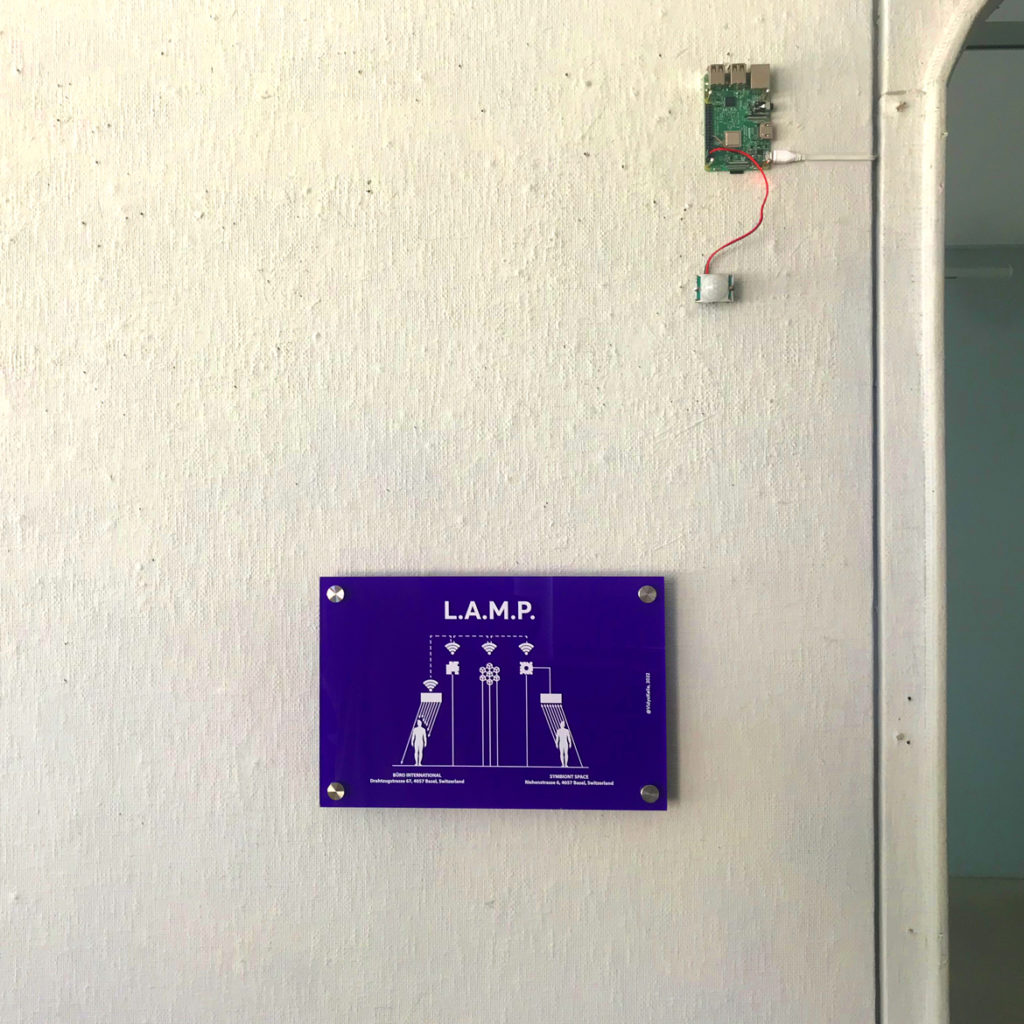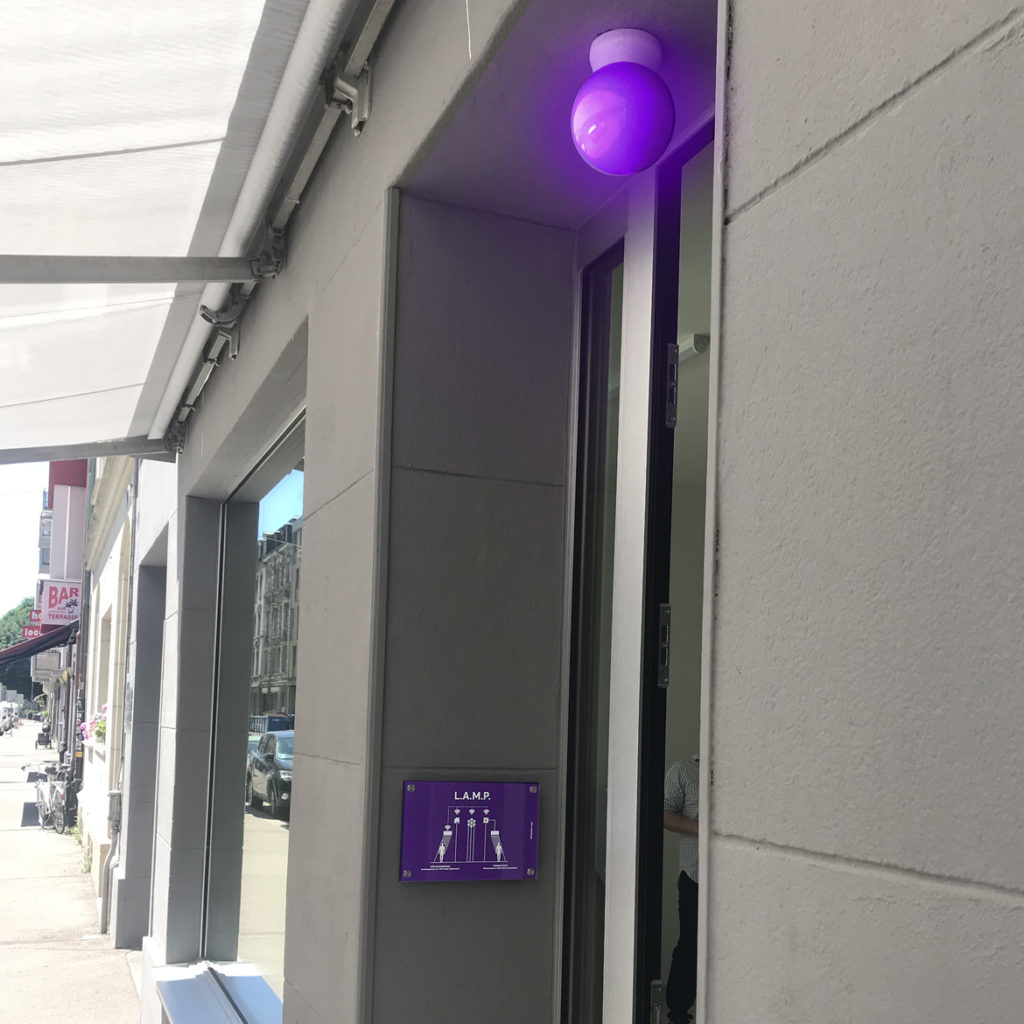L.A.M.P is exhibited as an opportunity, not an event.
This installation linking two exhibition spaces, introduces itself unadorned into the architecture, increasing the buildings which now offer an extra-sensory immersion. The intensity of the movements of the public animated by the attraction to art are revealed by a UV lamp exposed in another cultural space thus offering a surprise, a unilateral moment of connection of thoughts.
Installation électronique, Raspberry Pi, capteurs, lampe, plaque de plexiglas gravé.
Symbiont Space – Büro International, Bâle, 2022.
Homage to the open-source software that allows Vidya-Kélie to build her machine, L.A.M.P. is a delimited zone that recovers light movements from one space and restitutes them as a light spectrum in another place, which can be thousands of kilometres away from each other. Borrowing codes from CERN’s experiments on quantum entanglement, Vidya-Kélie stages her zone of transplantation of electromagnetic fields between two spaces. Like a banal lift manual, the official L.A.M.P. plaque is screwed to the wall where the transmitters and receivers are installed, certifying the work’s operational zone. L.A.M.P. offers the visitor the opportunity of an encounter where they have nothing to do but to be there at the right moment to see/capture the wave variations they are exchanging with the other place. Like a shooting star, it is about offering the visitor the opportunity to receive an uncontrollable gift. Speaking only of transplantation through light, this sensory, one-sided and anonymous experience proposes to question the void*. this matter coveted by science and by beliefs even before the invention of the 0 until contemporary physics.
LA PLENITUDE DU VIDE – Trinh Xuan Thuan
*Whether on the scale of the cosmos, with the famous “interstellar void”, or on that of the atom, the existence and even the omnipresence of the void is obvious to the modern mind. It is hard to imagine that this idea has taken thousands of years to establish itself, with philosophers and scientists, from Aristotle to Descartes, endeavouring to deny the existence of the void. And certainly, since the void is nothing, how could it exist?
With the pedagogical talent that has made his many books so successful (including The Cosmos and the Lotus, Albin Michel, 2011), the famous astrophysicist Trinh Xuan Thuan retraces for us the great odyssey of the void. Starting with the fascinating story of the invention of the zero from the East, he takes us through the birth of experimental science with Galileo and Pascal, and leads us, through the theories of relativity and quantum mechanics, to contemporary physics. The latter has shown that the vacuum is not an inert nothingness, since ephemeral particles, such as the Higgs boson, can emerge from it. This ‘fecundity of the void’, which we are discovering today, is partly in line with the intuitions of the Taoist and Buddhist traditions, as the author shows at the end of his book.
